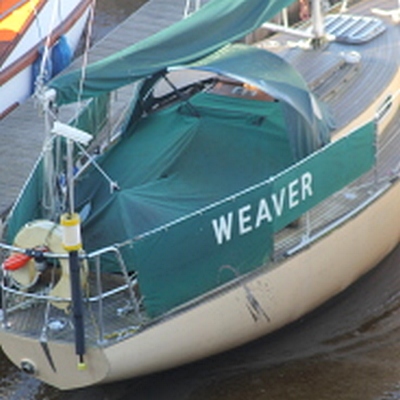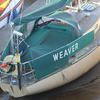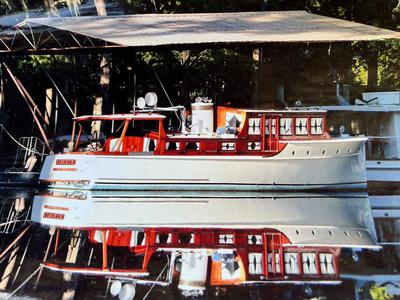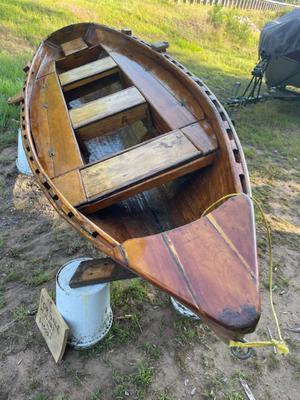- Home
- Your Boats
- This Page
WEAVERS ROTTEN PLANKS
by Peter Marsh
(Baildon)

Removed paint where rot was most noticeable, as you can see from the photos a number of areas.
One area has gone right through to the ribs.
I am wanting to know how far to go back from the rotten area and also whether to remove the planks in that area.
Any help would be appreciated as I have said before I am total new to wooden boats, it's all a bit harrowing to me.
To date all the paint has been removed and I can now see the extent of the problems.
The rot amidships on both sides is due to water seeping past the stays and lodging behind the chain plates.
Forward planks are due to bad repairs done in the past, this has also affected the stem which is rotten in that area.
Without opening her up fully I have no idea what might be underneath, to scared to progress any further.
I have had a quote between £2000 3000 to repair which is way out of my remit.
I just don't know where to go from here as am no good at woodwork.
To be truthful I wished I had never bought her.
I am seriously thinking of selling her but I think that will be a problem as who would want a wooden project.
Very sad sailor.
Comments for WEAVERS ROTTEN PLANKS
|
||
|
||
|
||
|
||
|
||
|
||
|
||
|
||
|
||
Want to add more photos?
Photo Uploader
If you are having problems uploading Photos or would like to add more click on this link for the Upload Form.














